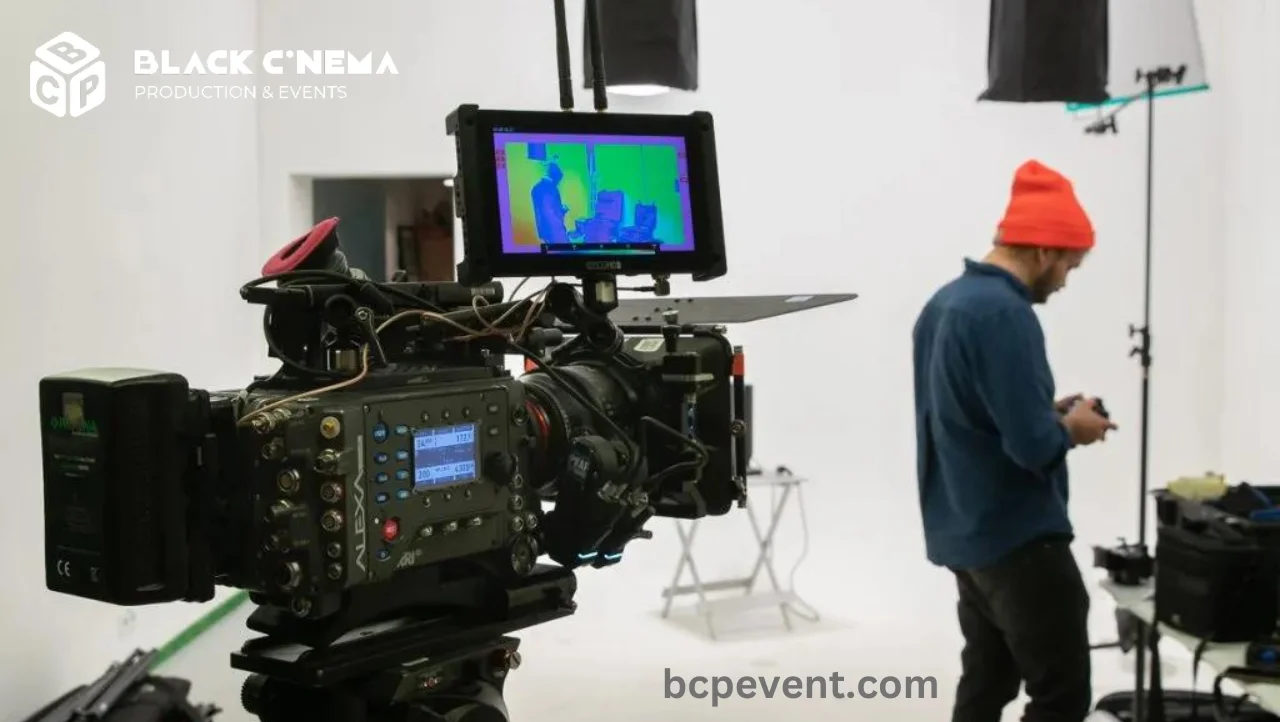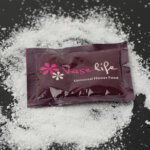
Capture Best and Professional-Looking Shots in Videography. Helpful Tips in the Videography. capture surrounding give pro look to videography.
Capturing smooth and professional-looking handheld shots in videography can elevate the quality of your footage and enhance the viewer’s experience. Here are the some techniques and tips to help you achieve smooth handheld shots:
Some Techniques in Videography
Proper Camera Stabilization: Use camera stabilization equipment to minimize camera shake. Tripods, monopods, or shoulder rigs can provide stability and reduce unwanted movements. They offer a solid base and support, allowing you to maintain a steady shot.
Hand Placement and Body Positioning: Proper hand placement and body positioning are crucial for stabilizing your shots. Hold the camera with both hands, keeping your elbows close to your body. This helps reduce excessive movements and improves stability. Additionally, maintain a wide stance and keep your feet planted firmly on the ground to provide a stable foundation.
Slow and Controlled Movements: Move the camera slowly and smoothly to maintain stability. Avoid jerky or sudden movements that can result in shaky footage. Take your time to the pan, tilt, or track your subjects, ensuring smooth transitions between shots.
Use a Wide Angle Lens: Wide angle lenses have the advantage of reducing the visibility of camera shake. They have a wider field of view, which allows for more forgiving handheld shots. Additionally, wider lenses tend to exaggerate motion, making slight camera movements less noticeable.
Utilize Image Stabilization: If your camera or lens has built-in image stabilization (IS) or vibration reduction (VR) technology, activate it. Image stabilization compensates for camera shake and helps produce smoother handheld shots. Different cameras and lenses have different types of stabilization, so consult your equipment’s manual for specific instructions.
Breathing Techniques: Focus on your breathing while capturing handheld shots. Take slow and steady breaths to maintain a relaxed and stable posture. Holding your breath for a moment when pressing the record button or during critical moments can also help minimize camera shake in the videography.
Practice Proper Walking Techniques: If you need to the capture shots while walking or moving, practice proper walking techniques. Take smaller steps, roll your feet from heel to toe, and try to maintain a steady pace. This will help reduce the impact of footsteps and prevent excessive camera movement in for a best videography.
Supportive Accessories: Consider using additional accessories to further stabilize your shots. This can include a camera strap around your neck or shoulder for added support, or using a handheld gimbal or stabilizer for smoother movements. These accessories can significantly improve stability and reduce camera shake in the videography.
Post-Processing Stabilization: If you still experience some camera shake in your footage, you can use post-processing software to stabilize the shots during the editing phase. Software like Adobe Premiere Pro, Final Cut Pro, or DaVinci Resolve offer built-in stabilization tools that can help smooth out your footage in the videography.
Practice and Patience: Achieving smooth handheld shots requires practice and patience. The more you practice, the better your handheld skills will become. Experiment with different techniques and settings to find what works best for you and your equipment in the best videography.
Remember, while these techniques can significantly improve the stability of your handheld shots, they may not eliminate all camera shake. If you require the utmost stability, consider using additional stabilization tools such as tripods, sliders, or gimbals in the videography.
Each shooting situation may require different approaches, so adapt your techniques accordingly in the videography. With practice and attention to detail, you can capture smooth and professional-looking handheld shots that enhance the quality of your videography.







